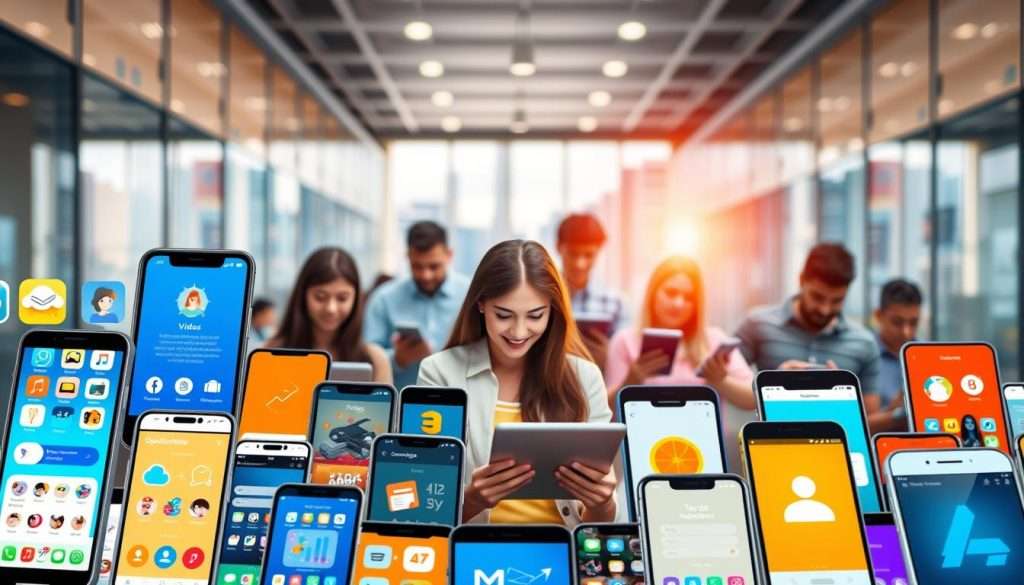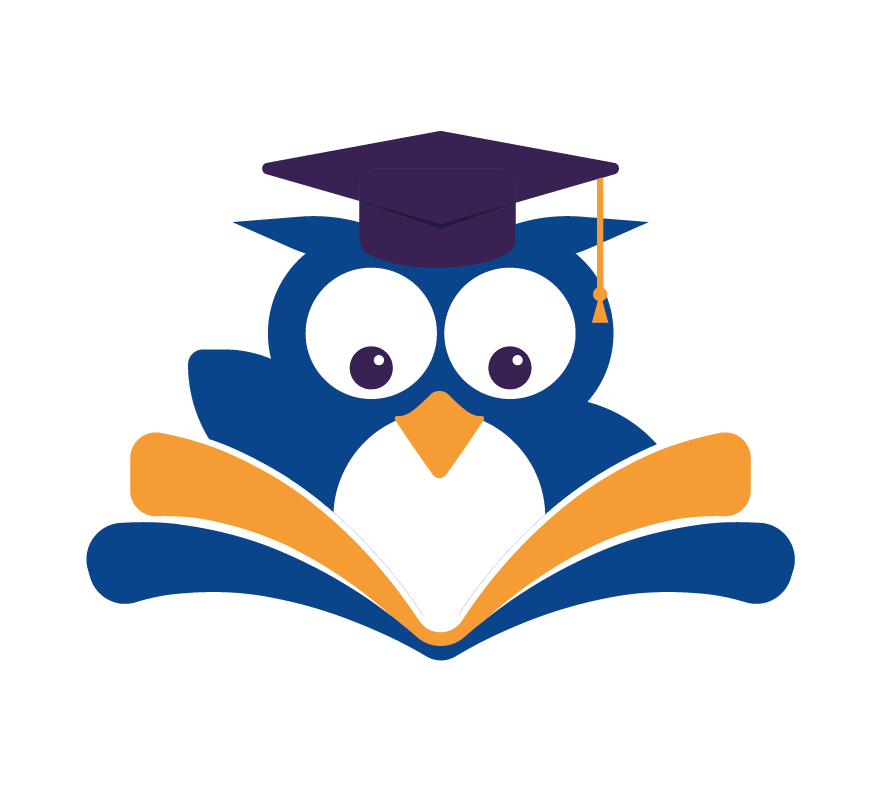Embracing lifelong learning can change your life. It opens you up to new experiences. This leads to personal growth and stronger relationships.
As we live, being curious and taking risks is key. It turns daily learning into a habit. Studying becomes fun.
Key Takeaways
- Embracing lifelong learning for personal growth.
- Adopting a growth mindset for new experiences.
- Making daily learning a sustainable habit.
- Transforming studying into an enjoyable experience.
- Fostering deeper relationships through shared learning.
The Mindset Shift: Why Learning Everyday Matters
The journey to self-improvement starts with a simple yet powerful mindset shift. By embracing daily learning, we open up to a world of possibilities for personal development and skill enhancement.
So, what drives this transformation? It’s rooted in the science behind daily learning. Research shows our brains are highly adaptable. Regular learning stimulates neuroplasticity, promoting cognitive health.
The Science Behind Daily Learning
When we challenge our brains with new information and skills, we’re not just acquiring knowledge. We’re also building cognitive reserve. This reserve is key for maintaining cognitive function as we age.
How Your Brain Benefits from Regular Learning
Regular learning activities improve memory, enhance problem-solving skills, and boost creativity. As
“The mind is not a vessel to be filled, but a fire to be kindled.” – Plutarch
This quote shows learning is not just about gathering information. It’s about igniting our inner potential.
By making daily learning a part of our routine, we can experience these benefits. Whether it’s through reading, taking online courses, or practicing a new skill, consistency is key. As we make learning a habit, we notice improvements in our knowledge and approach to challenges and opportunities.
Embracing daily learning is a powerful step towards self-improvement and personal growth. By understanding the science behind it and making it a daily part of our lives, we can unlock our full potential and achieve our goals.
Creating Your Personal Learning Environment
A well-designed personal learning environment is key for effective daily learning. By optimizing your surroundings, you can improve your focus and learning ability. “The environment you create around yourself can either be a powerful catalyst for learning or a significant barrier to it,” as noted by educational experts.
Physical Space Optimization
To optimize your daily learning, it’s important to improve your physical space. This means more than just clearing your desk. It’s about creating a space that helps you concentrate and stay motivated.
Setting Up a Dedicated Learning Area
Creating a dedicated learning area is crucial. You don’t need a separate room; a well-organized corner will do. Make sure your learning space is:
- Well-lit, preferably with natural light
- Comfortable, with a suitable chair and desk
- Free from distractions, such as turning off notifications on your phone
- Equipped with necessary resources, like textbooks, a laptop, or stationery
By having a specific area for learning, you tell your brain it’s time to focus. As you make learning a daily habit, this space will become your personal development sanctuary.
Creating your personal learning environment is a personal and ongoing process. Be patient and open to making changes as you find what works for you. With a good learning space, you’ll be ready to embrace the habit of learning everyday.
Time Management Strategies for Daily Learning
To fit daily learning into our busy lives, we must learn to manage our time well. We all have 24 hours a day. It’s how we use them that matters. By focusing on learning, we can make big strides in improving our skills.
Finding time to learn is a big challenge. But, with smart time management, we can beat this obstacle. Effective time management is not about finding more time; it’s about using our time better. We can do this by finding our most productive hours and planning our learning sessions then.
The 15-Minute Learning Technique
The 15-minute learning technique is becoming popular. It means setting aside just 15 minutes a day for learning something new. It’s a small amount of time that even the busiest can fit in. By doing this daily, we can keep making progress in our learning.
This technique is not just about the time. It’s about building a learning habit. By adding it to our daily routine, we can grow consistently.
To get the most from this technique, we must be consistent and focused. We should pick what we want to learn and break it down into smaller parts. This way, we can make the most of our 15 minutes and reach our learning goals.
Effective Learning Methods for Different Types of Knowledge
Learning is not a one-size-fits-all activity. Different types of knowledge need different learning approaches. How we take in information greatly affects how well we remember and use it. Knowing various learning strategies helps us pick the best one for our goals.
Let’s look at the different types of knowledge and the best ways to learn them. For example, learning a new language is different from understanding complex science. By knowing what type of knowledge you’re learning, you can choose the right learning strategy.
Active vs. Passive Learning Approaches
There’s a big difference between active and passive learning. Active learning means you’re directly involved with the material, like through hands-on activities or discussions. On the other hand, passive learning is when you just listen, read, or watch without doing anything.
Studies show active learning helps you remember and understand better, even with tough or abstract topics. For example, learning a new programming language is better done by coding yourself rather than just watching tutorials. But, passive learning works well for some knowledge, like getting a basic idea of a historical event.
To get the most out of learning, mix both active and passive methods. For example, watch a documentary (passive) and then talk about it with others (active). This mix keeps learning interesting and helps you remember better.
By knowing the difference between active and passive learning and using the right one, you can improve your learning. This way, you can reach your personal development goals more easily.
Building a Learning Everyday Habit
To build a daily learning habit, we need more than just wanting to. We must plan carefully. We should use methods that help us stay consistent and keep going.
Creating a space for learning is a good start. It’s not just about where we learn. It’s also about having a mindset that welcomes learning every day. This mindset helps us build a lasting habit.
Habit Stacking: Connecting Learning to Existing Routines
Habit stacking is a great way to add learning to our daily lives. It means adding learning to habits we already have. For example, you can listen to a podcast or audiobook while having your morning coffee.
To use habit stacking well, follow these steps:
- Find your daily habits and routines.
- Pick a habit to add learning to.
- Choose a learning activity that fits your new habit (like listening to a podcast while commuting).
- Start small and keep it up.
By adding learning to our habits, we make learning a part of our daily life. As Charles Duhigg, author of “The Power of Habit,” says, “Habits are powerful, but they can change with our environment and goals.”
“You don’t have to be great to start, but you have to start to be great.” –
Here’s a simple table showing how habit stacking works in different situations:
| Existing Habit | Stacked Learning Activity |
|---|---|
| Morning coffee | Listening to a language learning podcast |
| Daily commute | Audiobook on a topic of interest |
| Evening jog | Listening to a educational podcast |
By adding learning to our daily routines, we can grow and develop a lot. The most important thing is to keep going and stay consistent.
Leveraging Technology for Continuous Education
Digital tools have changed how we learn, making it possible to study anywhere, anytime. Now, we can easily find many learning resources online, from courses to apps. This lets us learn at our own speed.
Technology brings a big plus: flexibility. With mobile devices and the internet, we can learn on the move. This fits well into our busy lives. It’s key for lifelong learning, letting us keep learning new things anytime, not just in school.
Mobile Learning Apps and Platforms
Mobile learning apps and platforms are now essential for learning. They offer many learning chances, like learning languages or professional skills. Some top ones are:
- Duolingo for language learning
- Udemy and Coursera for a wide range of courses
- Skillshare for creative skills
These platforms give us interactive and engaging learning experiences. They often have learning paths made just for us. Using these tools makes learning better and more fun.

By using technology and mobile learning apps, we can manage our own education. This helps us stay on top in our personal and work lives.
From Knowledge to Application: Making Learning Stick
The true power of learning is not just knowing stuff. It’s about using that knowledge. As we learn more, we must apply what we’ve learned to make it last.
Learning something new feels great. But the real test is keeping that knowledge and using it well. To do this, we need strategies that help us use what we know.
One great way is the Teach-to-Learn Method. This means teaching someone else what you’ve learned. It could be a friend, family member, or even a pet!
The Teach-to-Learn Method for Skill Enhancement
Teaching others helps us remember what we’ve learned. Here are some benefits:
- Improved retention: Teaching others helps solidify the information in our minds.
- Deeper understanding: Explaining concepts to others forces us to understand them more deeply.
- Identifying knowledge gaps: When teaching, we often discover areas where our own knowledge is lacking.
To get the most from the Teach-to-Learn Method, try this:
- Find a willing student (it could be a friend or family member).
- Prepare your lesson plan, organizing the information you want to teach.
- Teach the material, encouraging questions and discussion.
By using this method in your learning everyday routine, you’ll boost your skill enhancement. You’ll also help your overall personal development.
Overcoming Obstacles to Lifelong Learning
In today’s fast world, sticking to lifelong learning needs grit and planning. We face many hurdles as we dive into the sea of information. Knowing these obstacles is key to beating them and keeping our learning journey going.
Keeping motivated is a big challenge. It’s easy to get lost or feel swamped by all the learning options. To stay on track, we should set clear goals and tackle them one by one. This keeps us focused and gives us a sense of achievement as we finish each task.
Dealing with Information Overload in the Digital Age
The digital world offers many learning chances, but it also brings info overload. To handle this, we can use filters and aggregators to find what’s important. We should also set aside time each day for learning.
Here are some tips to fight info overload:
- Pick sources that are trustworthy and relevant
- Use apps and tools to organize content
- Learn without distractions and focus on one thing at a time
By being proactive and using these methods, we can manage info overload and stay on track with our learning goals. 
Embracing lifelong learning is a journey that needs flexibility, determination, and smart strategies to beat obstacles. By facing these challenges head-on and managing them well, we can make our learning journey rewarding and enriching.
Conclusion: Your Journey to Constant Growth
As we finish our look at daily learning strategies, we see that starting a lifelong learning journey is a big step. It leads to personal growth and development. By using the tips from this article, we can make learning a fun and lasting part of our day.
Your journey to growth never stops. It needs dedication and hard work. Keep going by celebrating your small wins! Always look for chances to grow and be kind to yourself as you move forward.
This way, you’ll reach your highest potential and live a happy life. We invite you to share your learning experiences and tips in the comments. Let’s keep growing and learning together!

